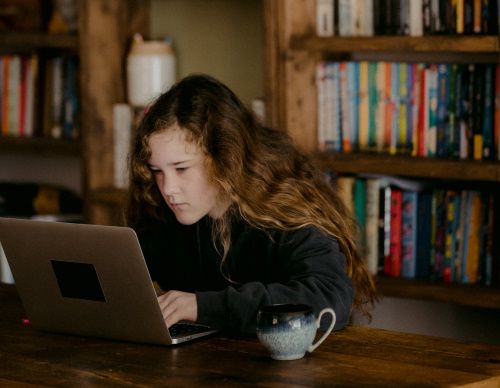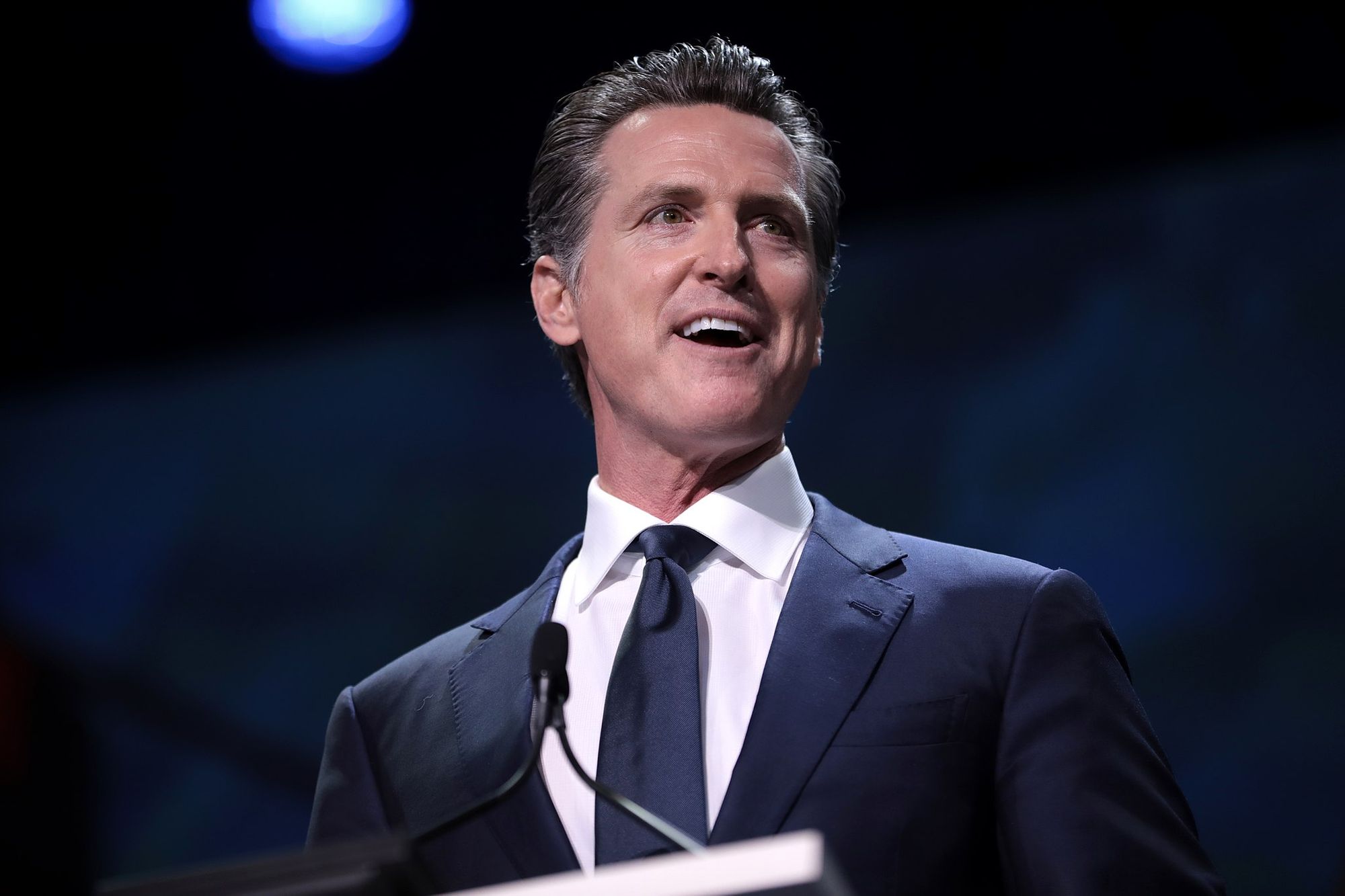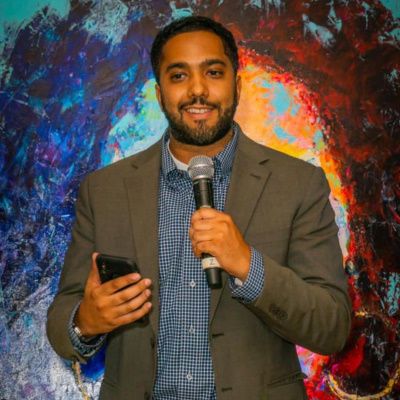The Oakland Unified School District (OUSD) is currently in negotiations with the teachers’ union and staff on how and when to resume in-person instruction. But the city will need extra assistance and supplies from the state if it's ever going to reopen schools safely, in one of the hardest-hit cities in the state by COVID-19.
As school districts across the nation debate the appropriateness of in-person instruction, the COVID-19 pandemic continues to rage both in the Bay Area and in dozens of other states. The OUSD has begun the school year with online classes only, after reaching a tentative deal in mid-August, per KPIX. So far the United States has seen over 6 million infections and 185,000 deaths. The level of infection and death in the United States exceeds that of every other nation, although Americans make up only 4 percent of the world’s population. This is despite the fact that this country is home to world-class hospitals, skilled physicians, and extensive healthcare capacity.
With over 13,000 fatalities and counting, California has not completely escaped the worst outcomes of the pandemic. This is a startling statistic considering California in mid-March was the first state to issue stay-at-home orders, and one of the first to require the wearing of masks while in public. Alameda County, with a population of over 1.6 million, has seen over 18,000 infections to date and over 250 deaths. The city of Oakland has the highest infection rate in Alameda County, and Oakland’s high infection rate may be attributable to crowded living conditions, employment in essential services, and poverty.

Though Gov. Newsom prohibited in-person instruction in all public schools throughout the state on July 17, other school districts throughout the nation are attempting to reopen with in-person instruction — and elementary schools in Contra Costa County and elsewhere are seeking variance waivers from the state to allow in-person classes.
One-half of our nation’s one hundred largest school districts have reopened their schools for in-person classes, and the results have been mixed. Some schools opened for in-person instruction only to close again after a few weeks or days due to the spread of the COVID-19 virus among students and staff. Others do not report infections. Despite the risk, many schools remain open because of the threat from state officials and the Trump administration to withhold funding from schools that ignore their reopening edicts.
Though not unique, the OUSD is faced with multiple stressors in addressing a return to in-class instruction. The OUSD serves 50,000 students, 18,000 K through five, and 15,000 middle and high school students. 63 percent of the students are LatinX or Black, and 35 percent of its students are classified as newcomers or refugees. Approximately 800 students are homeless at any given time and 12 percent of its students receive special education services. Among the students, 56 languages are spoken and for 33 percent of the students, English is a second language. 73 percent of the students are eligible for free breakfast and lunch. The district provides health services to students and recorded 37,000 student visits last year. Not all students are successful. The graduation rate is 73 percent, and 58 percent of students in the county go on to enroll in college.
Staff, teachers, and parents alike are aware of the importance of the essential benefits and services that in-person instruction provides to students. By the same token, they cannot ignore the risk factors to students, staff, and the community if schools are ordered reopened for in-person instruction.
The infection rate in Oakland’s poorest neighborhoods where the majority of students live is disproportionately high. East Oakland’s Fruitvale district has been especially hard-hit, and the COVID-19 infection rate there is over three times higher than the county as a whole. The higher infection rate is also reflected in long recognized student needs. The inescapable reality for OUSD is that many of its students desperately need the in-person services provided by the district. Nutritious meals, health monitoring, wellness checks, and services to special ed students cannot be delivered remotely. In Oakland, many incoming first-graders have not had the benefit of preschool and are critically dependent on the classroom environment and empathetic teachers to begin a successful educational experience. Undeniably, the decision not to resume in-class instruction for kindergarteners and children in lower grades will likely have a significant negative impact on their development.

OUSD leadership is in a truly unenviable position. They must consider not only the development of the students and the specter of community spread but also the vulnerability of teachers and staff many of whom undoubtedly have pre-existing conditions that put them at great risk. OUSD also must concede that the transition to distance learning has had its problems. In announcing that instruction this fall would be online only, the district promised to provide every student with a computer and Internet conductivity. They have thus far been unable to deliver on that commitment, and some students have been left hanging. As of the second week in August, over 3,000 students were still waiting for their computers. Gross mismanagement has occurred in the past and the perennially under-financed OUSD only recently emerged from state management of its budget and administration. A realistic plan for reopening Oakland’s schools for in-person activities will require help. But from where?
The Trump administration has been a pandemic denier from the very beginning. Under his leadership, there will never be a coordinated national pandemic policy with sufficient funding and resources. He has not taken the necessary measures to allow schools to safely reopen. In the aftermath of his decisions to prohibit in-person instruction, Gov. Newsom has not filled the vacuum created by the Trump administration. He has yet to develop a statewide strategy to ensure that all schools can eventually reopen safely. The methodology for reopening is no secret. One needs to look no further than the safety precautions afforded to professional athletes during this pandemic. They receive frequent testing throughout the week with rapid results, contact tracing and isolation if the result is positive for COVID-19.

The state of California has the fifth-largest economy in the world and the resources exist within the state to develop a similar strategy for every school statewide. The majority of school districts are small with 12 or fewer schools and a total enrollment of 8,500 students or less, unlike the 700,000 strong Los Angeles Unified School District which is implementing its own comprehensive testing program. School districts in California simply don’t have the wherewithal to reopen safely without state assistance.
A mask requirement, social distancing, and sanitizers are not enough. If the OUSD is not provided with the necessary resources to reopen safely, it shouldn’t. Instituting half measures born of meager resources is not a solution, it’s a formula for disaster.

Elliott Jones is a community organizer, public speaker, & philanthropist. Originally from Oakland, he has been working to help forge cultural understanding as an advocate and activist from California to Florida and every between. He is the founder of the public interest organization Ensure Progress and is also the grandson of the legendary Dr. Maya Angelou. Elliott contributes thoughts to SFist about progress in the Bay Area.

